Home>Furniture & Design>Office Furniture>How To Remove An Office Chair Base
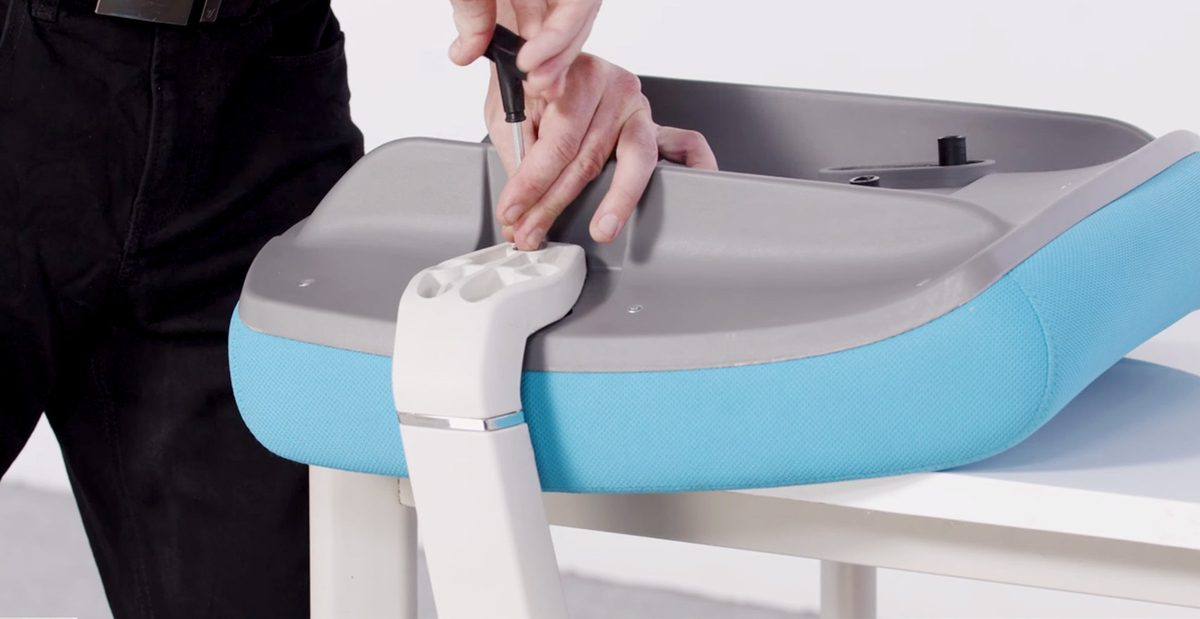

Office Furniture
How To Remove An Office Chair Base
Modified: January 14, 2024
Learn how to remove an office chair base with our step-by-step guide. Keep your office furniture in top shape with our expert tips. Ideal for office furniture and design enthusiasts.
(Many of the links in this article redirect to a specific reviewed product. Your purchase of these products through affiliate links helps to generate commission for Storables.com, at no extra cost. Learn more)
Introduction
If you've ever found yourself staring at your office chair, pondering how to remove its base, you're not alone. Whether you're looking to replace a worn-out base, upgrade to a new design, or simply give your chair a thorough cleaning, understanding how to remove the base is an essential skill for any office furniture enthusiast.
The process might seem daunting at first, but fear not! With the right tools, a bit of patience, and the guidance provided here, you'll soon be well-equipped to tackle this task with confidence. In this comprehensive guide, we'll walk you through the step-by-step process of removing an office chair base, ensuring that you're well-prepared to handle this project like a seasoned pro.
So, roll up your sleeves, gather your tools, and let's dive into the world of office chair maintenance and customization. By the end of this guide, you'll not only have a deeper understanding of your office chair's anatomy but also the satisfaction of mastering a valuable DIY skill. Let's get started!
Key Takeaways:
- Removing an office chair base requires tools like a wrench and screwdrivers, and a methodical approach. By following the steps, you can gain DIY skills and customize your workspace.
- After removing the base, cleaning and reassembling the chair revitalizes it. Embrace the satisfaction of mastering office chair maintenance and enjoy a personalized workspace.
Tools and Materials Required
Before embarking on the journey of removing your office chair base, it's crucial to gather the necessary tools and materials. Here's a comprehensive list to ensure you have everything at your disposal:
- Adjustable Wrench: An adjustable wrench is essential for loosening and tightening nuts and bolts, providing the necessary leverage for disassembly.
- Screwdriver Set: A set of screwdrivers, including both flathead and Phillips head varieties, will cover the range of screws commonly used in office chair construction.
- Rubber Mallet: A rubber mallet can be used to gently tap and loosen components without causing damage.
- Clean Cloth: Having a clean cloth on hand will be helpful for wiping down components and ensuring a tidy workspace.
- Lubricating Oil: Lubricating oil can aid in loosening stubborn connections, particularly for older chairs where parts may have seized over time.
- Replacement Base (Optional): If you intend to replace the base, ensure that you have the new base ready for installation.
- Protective Gloves: To protect your hands during the process, a pair of gloves can be invaluable.
- Work Area: Set up a clear and spacious work area, preferably with a protective covering to prevent damage to the floor or carpet.
By assembling these tools and materials, you'll be well-prepared to undertake the base removal process efficiently and safely. With the right equipment at your disposal, you can approach the task with confidence, knowing that you have everything you need to successfully complete the job.
Step 1: Prepare the Workspace
Before delving into the intricacies of removing the office chair base, it’s crucial to establish a well-organized and safe workspace. By following these preparatory steps, you can ensure a smooth and efficient process while safeguarding your surroundings:
- Clear the Area: Begin by clearing the immediate area around the chair, removing any obstacles or potential tripping hazards. This creates a safe and unobstructed workspace for the task at hand.
- Protect the Floor: If working on a hard surface, such as wood or tile, consider placing a protective covering, such as a tarp or old blanket, to prevent scratches or damage. For carpeted areas, a durable plastic mat can serve the same purpose.
- Secure the Chair: To prevent the chair from rolling or shifting during disassembly, ensure that it is positioned on a stable surface and consider using wheel chocks or wedges to immobilize the wheels.
- Organize Tools and Materials: Lay out your tools and materials within easy reach, maintaining a tidy and organized setup. This not only streamlines the process but also minimizes the risk of misplacing essential items.
- Ensure Ample Lighting: Adequate lighting is crucial for precision work. Position a bright desk lamp or portable work light to illuminate the area, allowing for clear visibility of components and fasteners.
- Review the Chair’s Manual: If available, refer to the chair’s manual or manufacturer’s instructions for any specific guidance or precautions related to base removal. This can provide valuable insights tailored to your chair’s design.
By meticulously preparing the workspace, you set the stage for a seamless and focused base removal process. These initial steps not only contribute to a safe and organized environment but also lay the foundation for a successful and rewarding DIY endeavor.
Step 2: Remove the Wheels
Removing the wheels from your office chair is the next crucial step in the base removal process. Follow these detailed instructions to effectively detach the wheels from the chair:
- Flip the Chair: Carefully turn the chair upside down, ensuring that it is stable and secure to prevent any accidental movement.
- Inspect the Wheel Base: Take a moment to examine the wheel base and locate the attachment points where the wheels are secured.
- Apply Lubricating Oil (if necessary): If the wheels seem tightly fastened or have accumulated debris, applying a small amount of lubricating oil to the connection points can help loosen them for easier removal.
- Use the Screwdriver: Depending on the chair’s design, you may need to use a screwdriver to access the attachment mechanism. Some chairs feature snap-on wheel covers that can be gently pried off with a flathead screwdriver.
- Unscrew or Unsnap the Wheels: With the appropriate access, unscrew the wheels in a counterclockwise direction to release them from their housing. If the wheels have snap-on covers, carefully detach the covers to reveal the attachment points and then remove the wheels.
- Repeat for Each Wheel: Proceed to remove each wheel following the same method, ensuring that all wheels are detached from the base.
- Inspect and Clean: Once the wheels are removed, take the opportunity to inspect them for any accumulated dirt, hair, or debris. Use a clean cloth to wipe the wheels and their housing clean, ensuring that they are free from any obstructions.
By successfully removing the wheels, you’ve completed a significant phase of the base removal process, bringing you one step closer to your goal. With the wheels safely detached, you’re now ready to progress to the next stage of disassembly, building momentum towards achieving your chair maintenance or customization objectives.
Tip: To remove an office chair base, turn the chair upside down and use a screwdriver to unscrew the bolts connecting the base to the seat. Once the bolts are removed, the base should easily come off.
Step 3: Remove the Gas Lift
Removing the gas lift, also known as the pneumatic cylinder, is a pivotal step in the process of disassembling an office chair base. Follow these detailed instructions to effectively detach the gas lift from the chair:
- Secure the Chair: Ensure that the chair is positioned securely, either upright or upside down, providing stable access to the gas lift mechanism.
- Inspect the Gas Lift Cover: Many office chairs feature a protective cover or shroud that conceals the base of the gas lift. Examine the chair to locate and remove this cover, as it may be held in place by snap-on clips or screws.
- Expose the Gas Lift Mechanism: Once the cover is removed, you should have a clear view of the gas lift and its attachment points. Take a moment to familiarize yourself with the components before proceeding.
- Detach the Gas Lift: Using an adjustable wrench, carefully loosen and remove the retaining nut that secures the gas lift to the chair’s seat mechanism. Turn the wrench counterclockwise to loosen the nut and fully detach the gas lift.
- Support the Chair Seat: As you remove the gas lift, be prepared to support the chair seat to prevent it from unexpectedly dropping. This ensures a controlled disassembly process and avoids any potential damage or injury.
- Inspect and Clean: With the gas lift removed, take a moment to inspect the components for any signs of wear or damage. Wipe down the exposed area to remove any accumulated dust or debris, preparing it for reassembly or replacement.
By successfully removing the gas lift, you’ve achieved a significant milestone in the base removal process, paving the way for further maintenance or customization endeavors. This crucial step brings you closer to your goal of enhancing your office chair’s functionality and aesthetic appeal, setting the stage for the next phase of the disassembly process.
Step 4: Remove the Base
Removing the base of your office chair is a pivotal stage in the disassembly process, marking the culmination of your efforts to access and customize its components. Follow these detailed instructions to effectively detach the base from the chair:
- Stabilize the Chair: Ensure that the chair is positioned securely, either upside down or in a stable configuration, providing unobstructed access to the base attachment points.
- Locate the Attachment Points: Examine the underside of the chair to identify the attachment points where the base is secured to the seat mechanism. These points may be fastened with bolts, screws, or other securing mechanisms.
- Use the Adjustable Wrench: Employing an adjustable wrench, carefully loosen and remove the fasteners securing the base to the chair. Turn the wrench counterclockwise to release the bolts or screws, ensuring a methodical and controlled approach to disassembly.
- Support the Chair Seat: As you detach the base, be prepared to support the chair seat to prevent it from unexpectedly shifting or falling. This precaution ensures a safe and controlled disassembly process, minimizing the risk of damage or injury.
- Inspect and Clean: With the base successfully removed, take a moment to inspect the attachment points and the underside of the chair for any accumulated debris or signs of wear. Wipe down the exposed area to ensure a clean and well-prepared surface for subsequent reassembly or customization.
- Prepare for Reassembly or Replacement: If your intention is to reassemble the chair with the existing base or install a replacement base, ensure that the necessary preparations are made, such as cleaning and lubricating the components as needed.
By successfully removing the base, you’ve reached a pivotal juncture in the disassembly process, unlocking the potential for maintenance, repair, or customization of your office chair. This accomplishment signifies a significant stride toward achieving your desired outcomes, whether it involves refurbishing the existing base or upgrading to a new and improved design.
Step 5: Clean and Reassemble
After successfully removing the base and other components, the final steps involve cleaning and reassembling your office chair to restore its functionality and aesthetic appeal. Follow these detailed instructions to complete the process:
- Clean the Components: Take the opportunity to thoroughly clean the detached components, including the base, gas lift, wheels, and any other relevant parts. Use a clean cloth and, if necessary, a mild cleaning solution to remove any accumulated dirt, dust, or grime.
- Inspect for Wear and Damage: While cleaning the components, carefully inspect them for any signs of wear, damage, or corrosion. Address any issues as needed, such as lubricating moving parts or replacing worn components to ensure optimal functionality.
- Prepare for Reassembly: If you intend to reassemble the chair with the existing components, ensure that they are clean, dry, and free from any obstructions. For those opting to install a replacement base or other parts, ensure that the new components are ready for installation.
- Reattach the Base: Align the base with the attachment points on the chair and carefully secure it in place using the appropriate fasteners. Use an adjustable wrench to tighten the bolts or screws, ensuring a snug and secure fit without over-tightening.
- Reinstall the Gas Lift and Wheels: With the base in place, reattach the gas lift to the chair’s seat mechanism, securing it with the retaining nut. Subsequently, reinstall the wheels, ensuring that they are firmly attached and rotate smoothly.
- Test and Adjust: Once the reassembly is complete, test the chair to ensure that all components are securely in place and that the chair functions as intended. Make any necessary adjustments to the components to achieve optimal stability and mobility.
- Enjoy Your Revitalized Chair: With the cleaning and reassembly process concluded, take a moment to appreciate your revitalized office chair. Whether you’ve restored its original charm or introduced a fresh new look, your efforts have rejuvenated this essential piece of furniture.
By completing the cleaning and reassembly process, you’ve not only revitalized your office chair but also gained valuable insights into its maintenance and customization. Your diligence in meticulously cleaning and reassembling the chair ensures that it continues to serve as a comfortable and stylish companion in your workspace.
Conclusion
Congratulations on successfully navigating the process of removing an office chair base! By following the comprehensive steps outlined in this guide, you’ve gained valuable insights into the intricate anatomy of your office chair and acquired the skills to undertake essential maintenance and customization tasks.
As you reflect on your journey, consider the newfound confidence and expertise you’ve developed in handling office furniture. Whether your goal was to replace a worn-out base, customize the chair’s design, or simply gain a deeper understanding of its construction, your efforts have contributed to a more personalized and functional workspace.
By preparing the workspace, removing the wheels, detaching the gas lift, and ultimately removing and reassembling the base, you’ve not only achieved a tangible outcome but also honed your DIY prowess. The attention to detail and meticulous approach you’ve demonstrated throughout this process exemplify your commitment to maintaining and enhancing your office environment.
As you bask in the satisfaction of a job well done, remember that the knowledge and skills you’ve acquired can be applied to future endeavors, whether it involves office chair maintenance, furniture customization, or other hands-on projects. Your newfound expertise positions you as a capable steward of your workspace, capable of transforming and revitalizing essential pieces of furniture.
Embrace the sense of empowerment that comes with mastering the art of office chair maintenance and customization. Your chair, now revitalized and tailored to your preferences, stands as a testament to your dedication and resourcefulness. With each swivel and adjustment, it serves as a reminder of your ability to shape your surroundings to reflect your unique style and functionality.
As you embark on future projects, may the skills and confidence you’ve cultivated serve as a foundation for further exploration and innovation. Whether it’s a chair, desk, or any other element of your workspace, your hands-on approach and newfound expertise will continue to leave a lasting imprint on your environment.
With a revitalized office chair and a wealth of knowledge at your disposal, you’re well-equipped to embark on your next DIY adventure. Your journey has just begun, and the possibilities for enhancing your workspace are limitless. Here’s to a workspace that reflects your ingenuity and style, one project at a time.
Frequently Asked Questions about How To Remove An Office Chair Base
Was this page helpful?
At Storables.com, we guarantee accurate and reliable information. Our content, validated by Expert Board Contributors, is crafted following stringent Editorial Policies. We're committed to providing you with well-researched, expert-backed insights for all your informational needs.

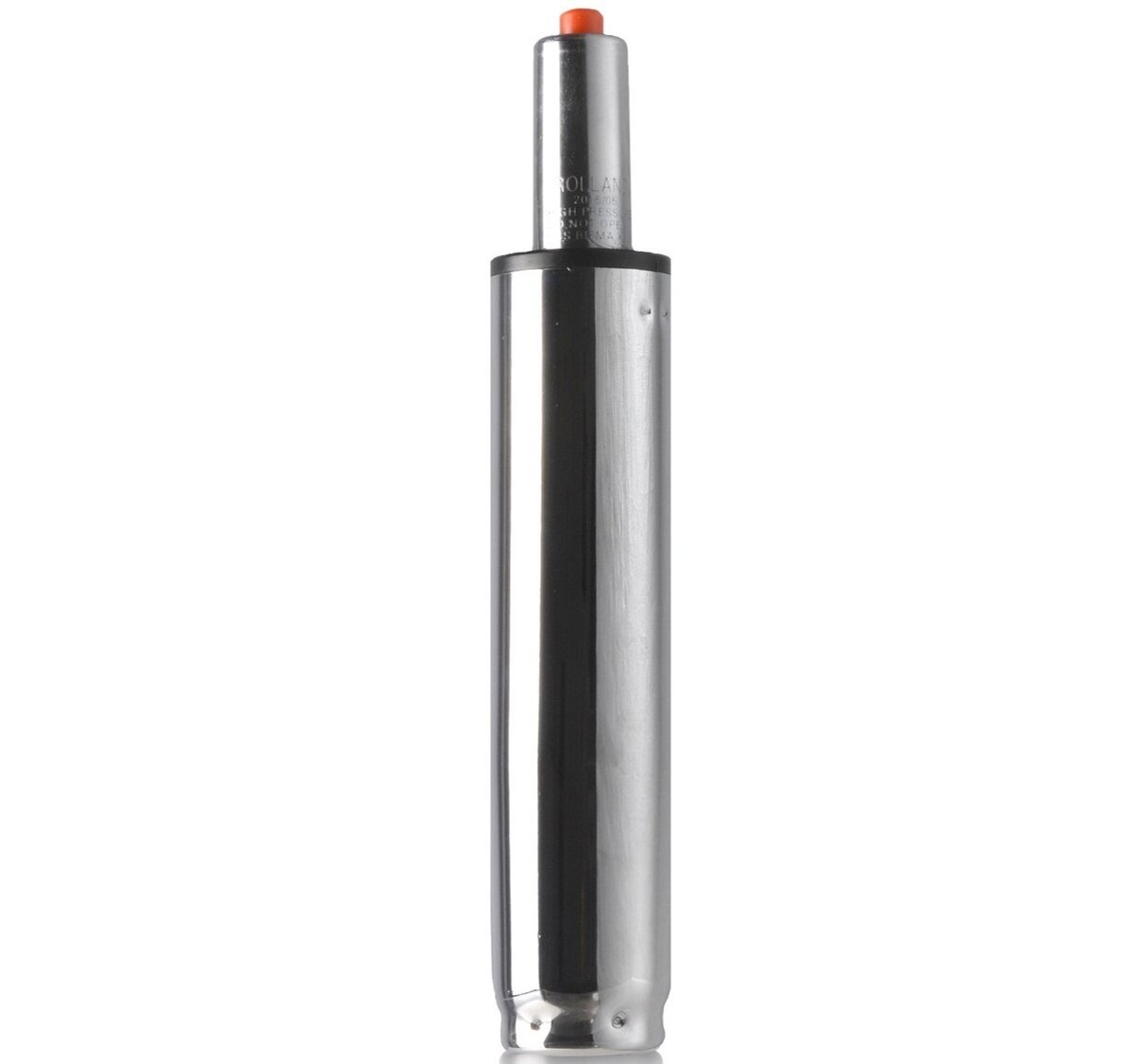
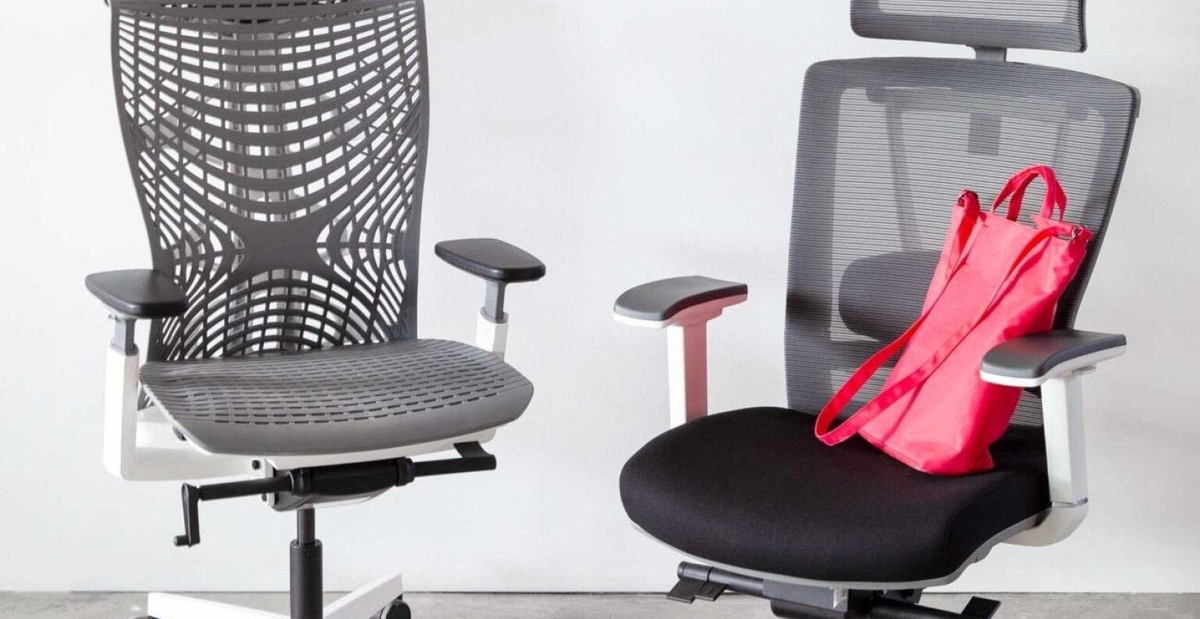
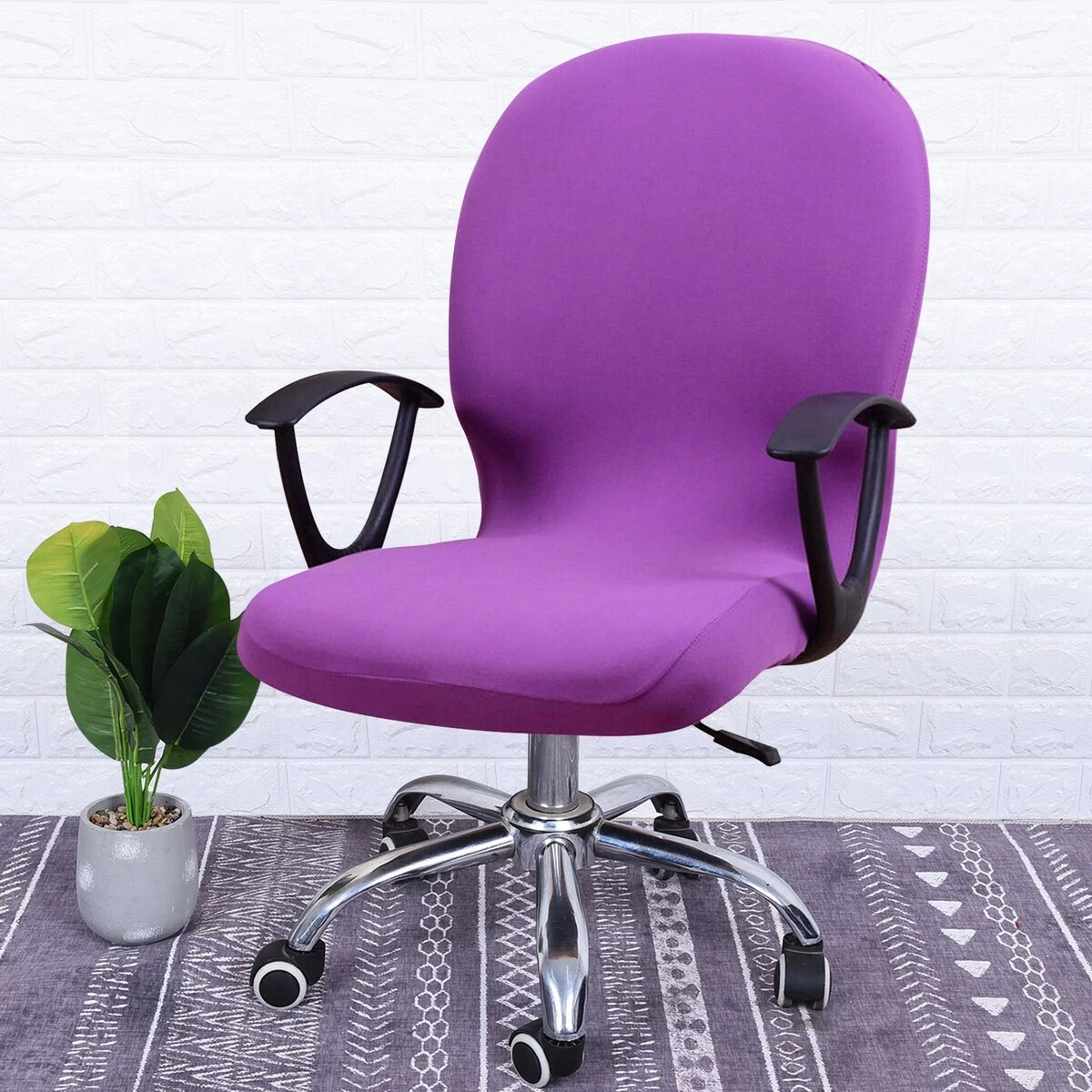

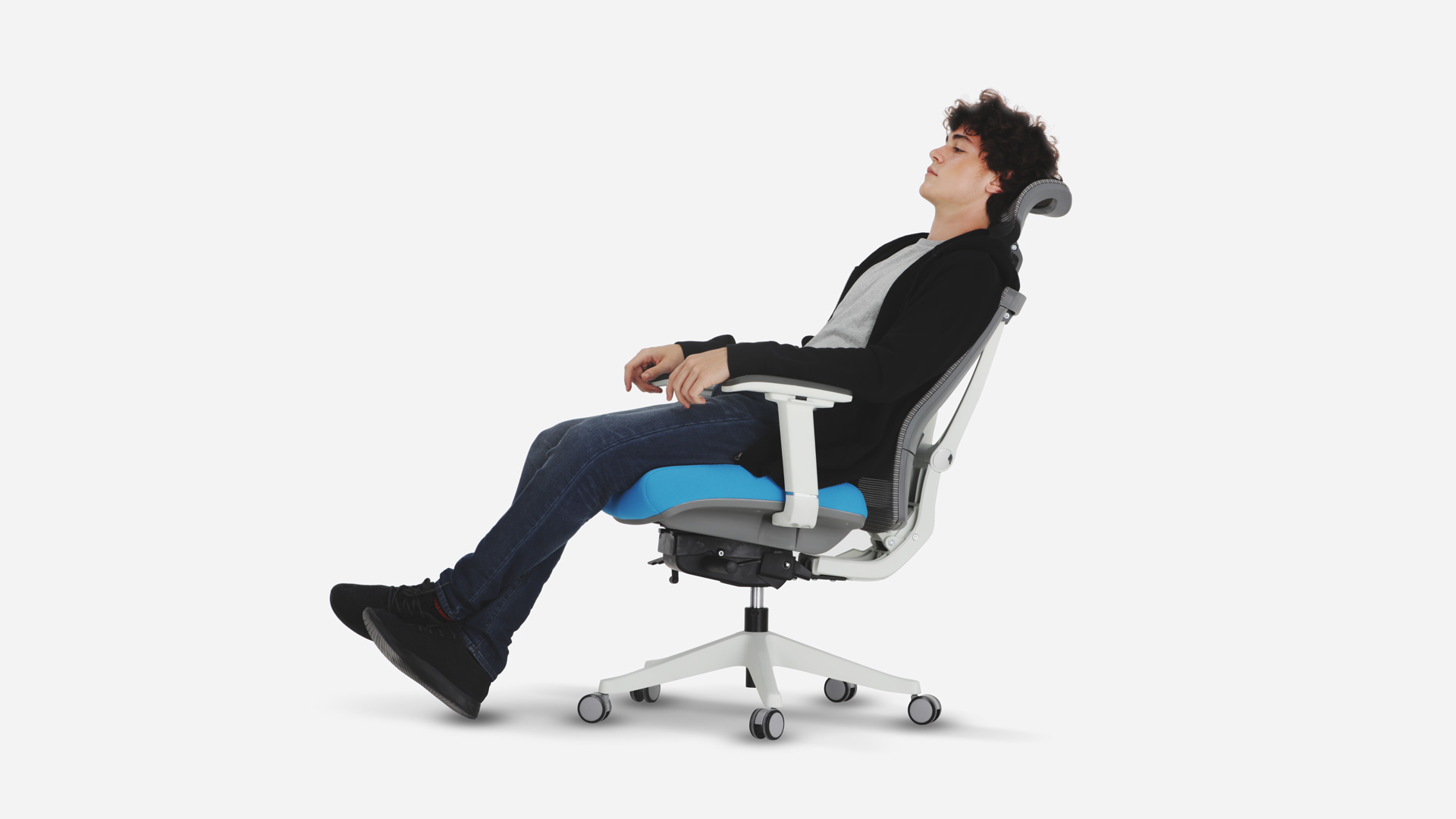
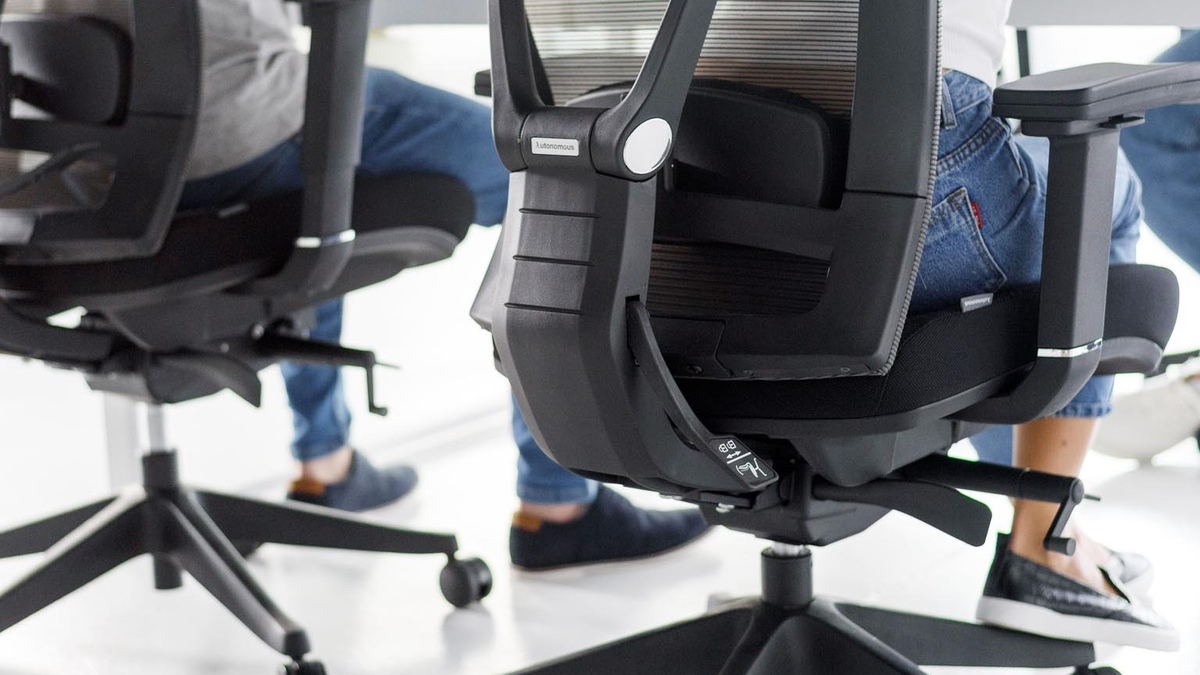
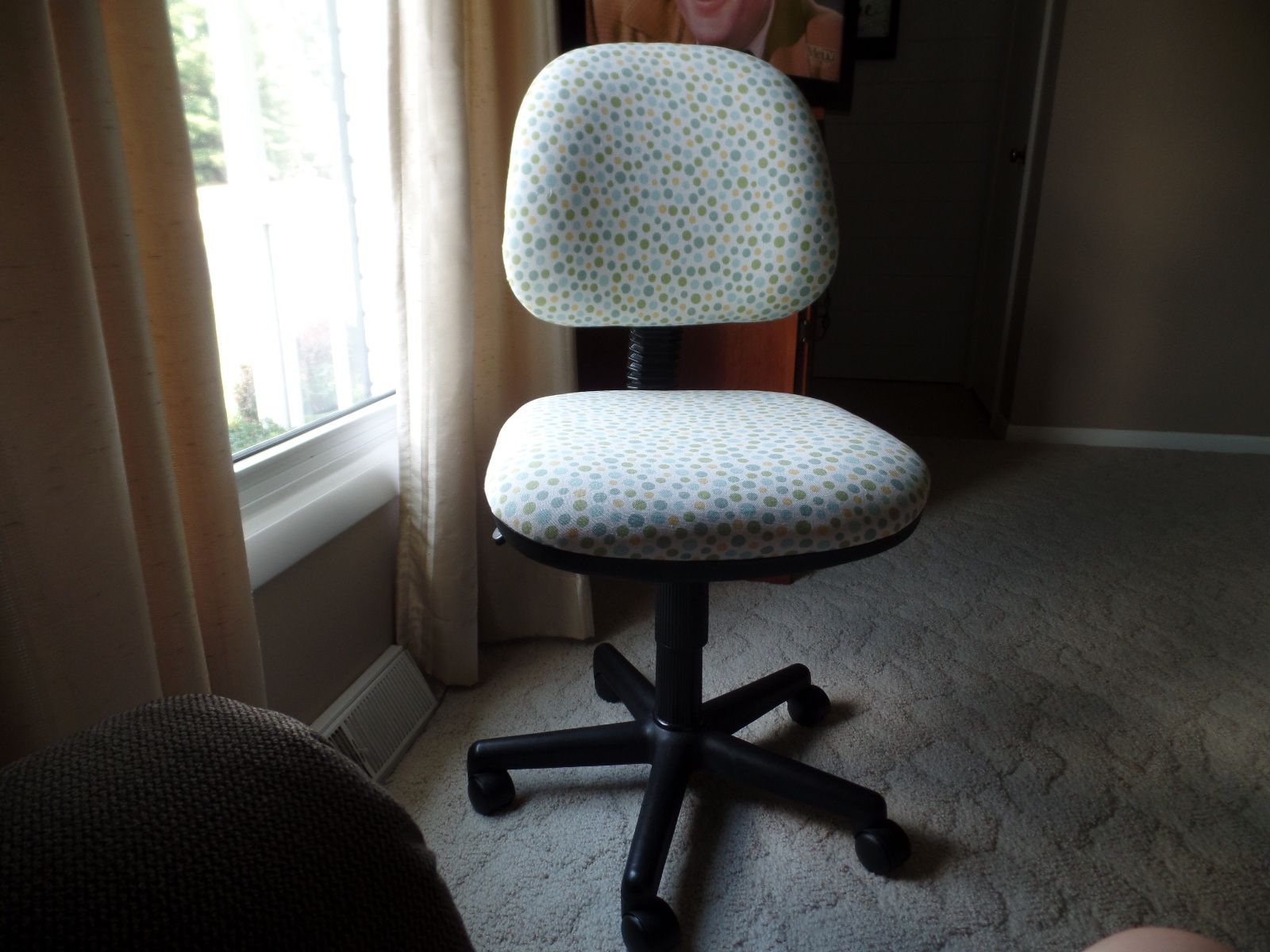
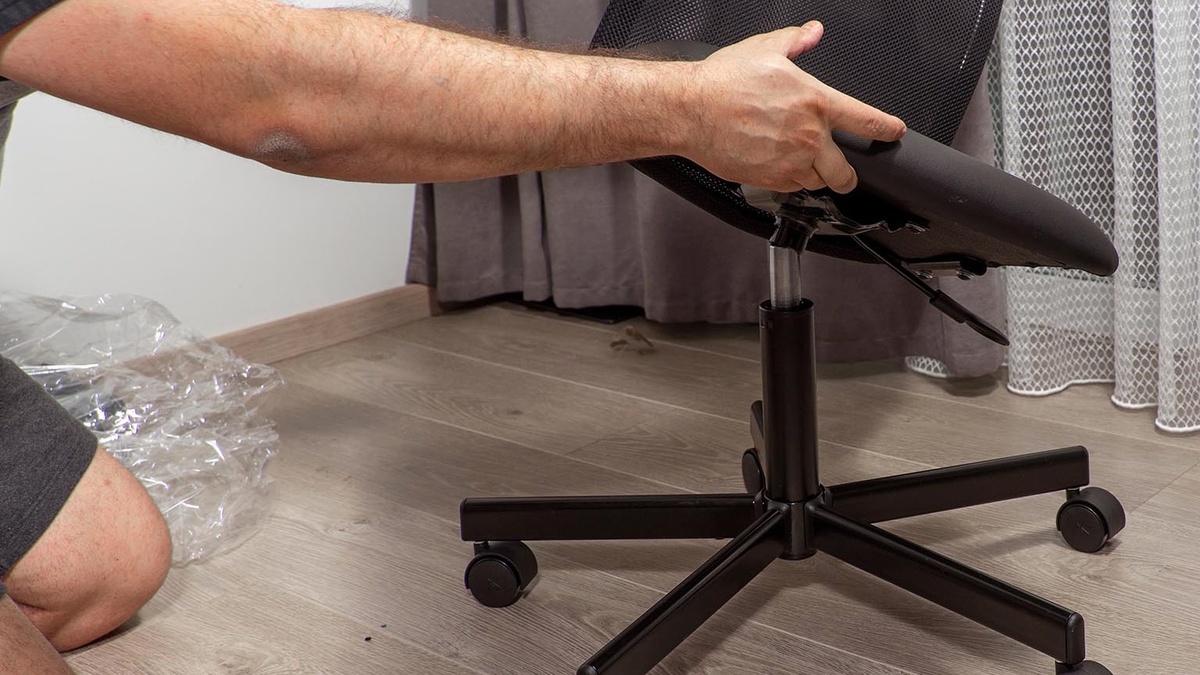
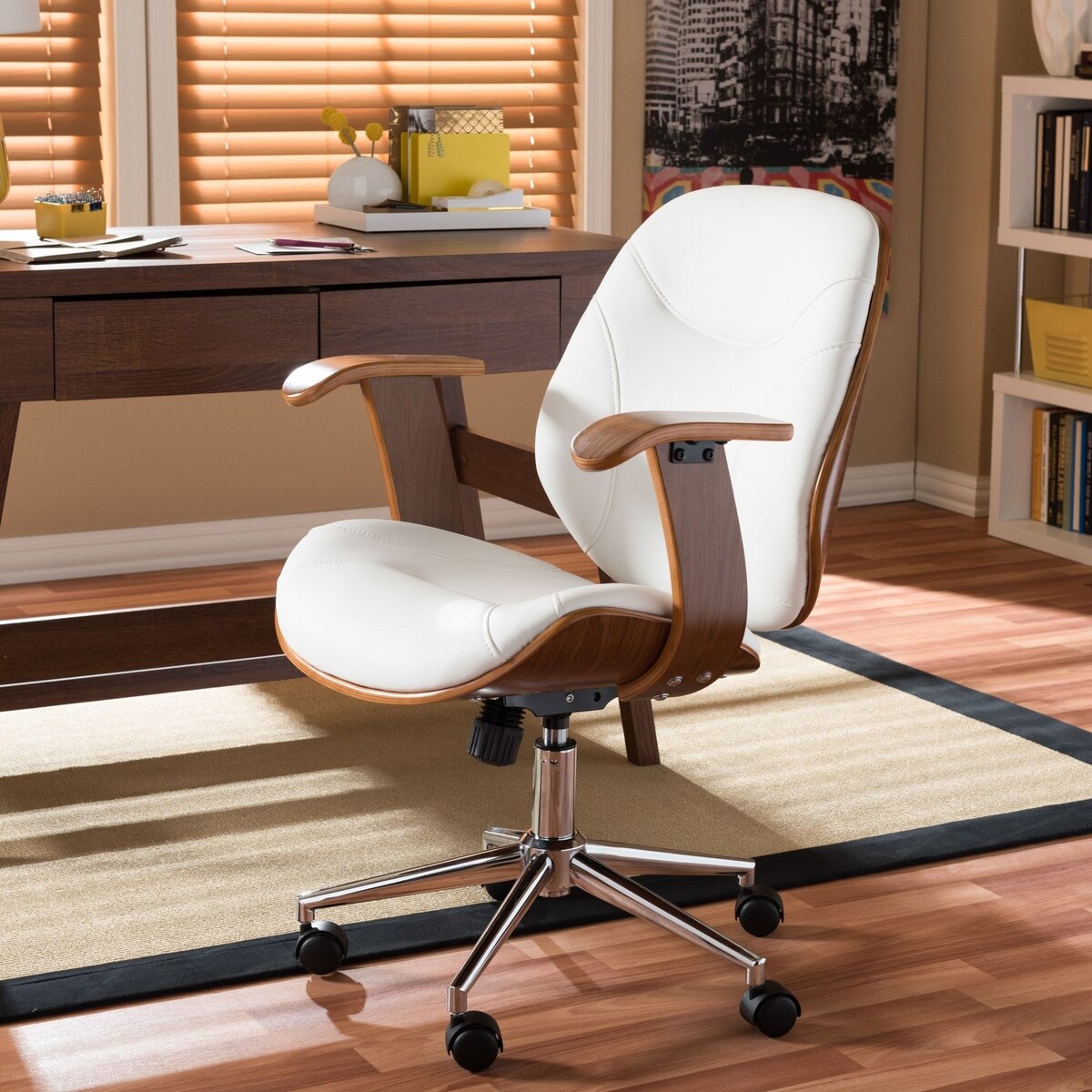
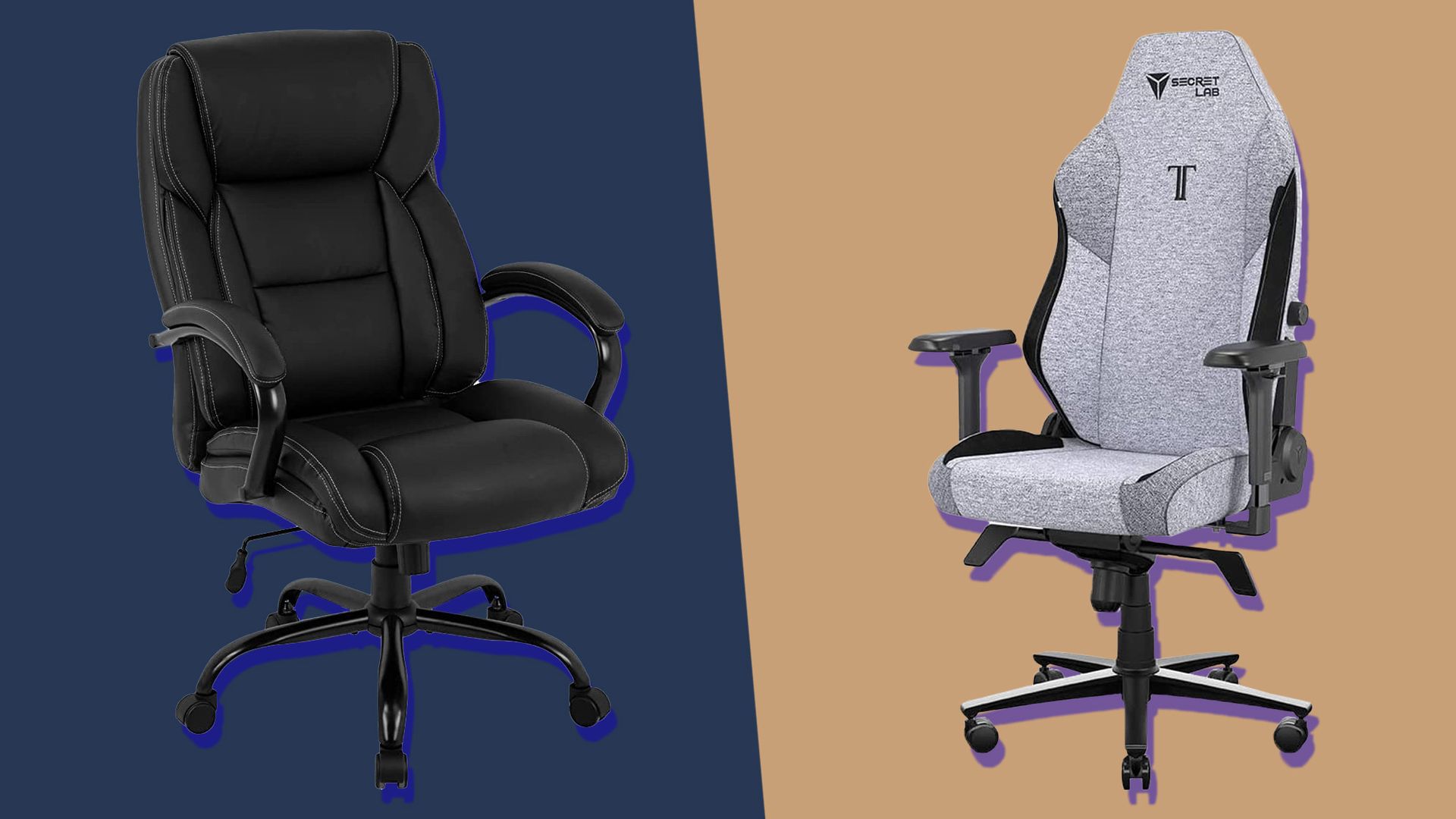
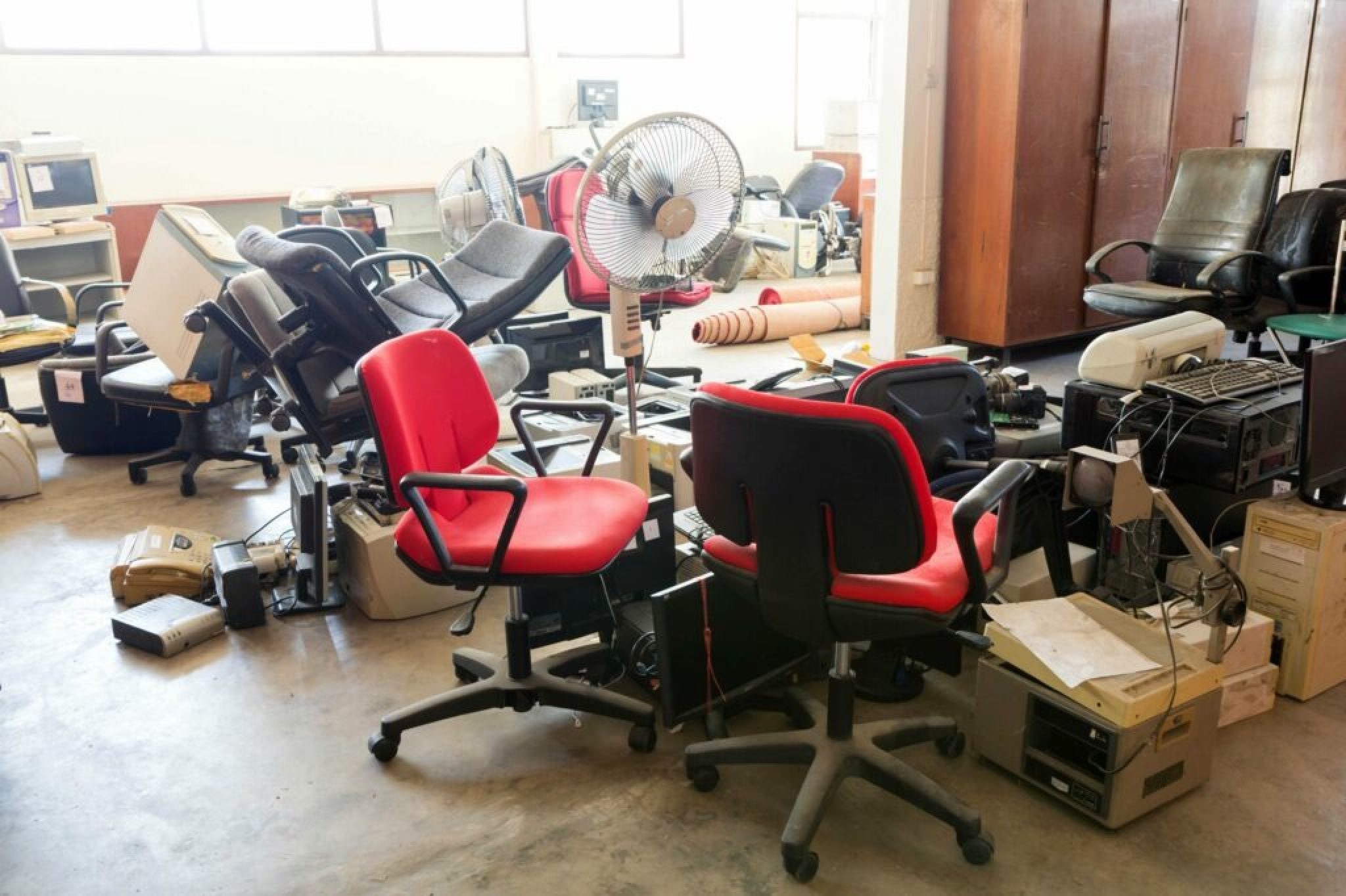
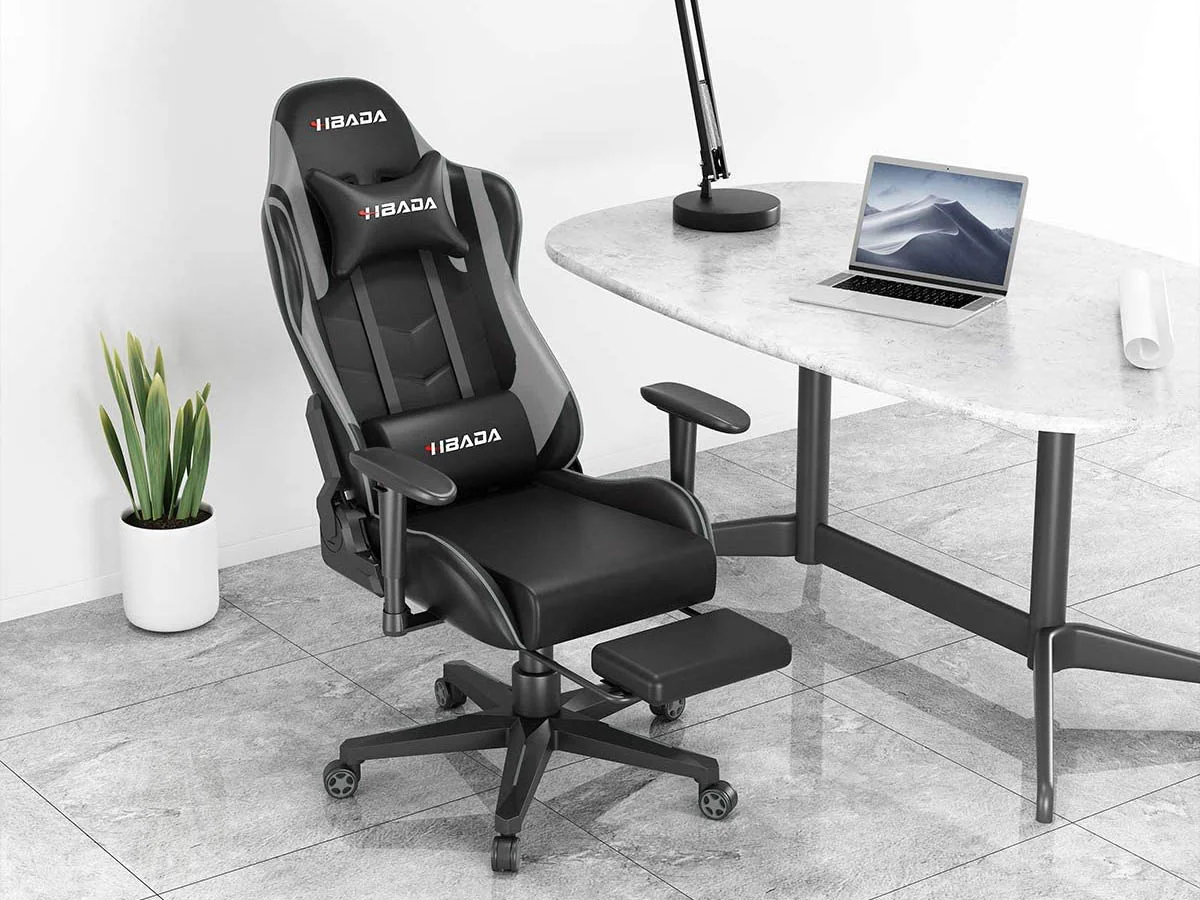
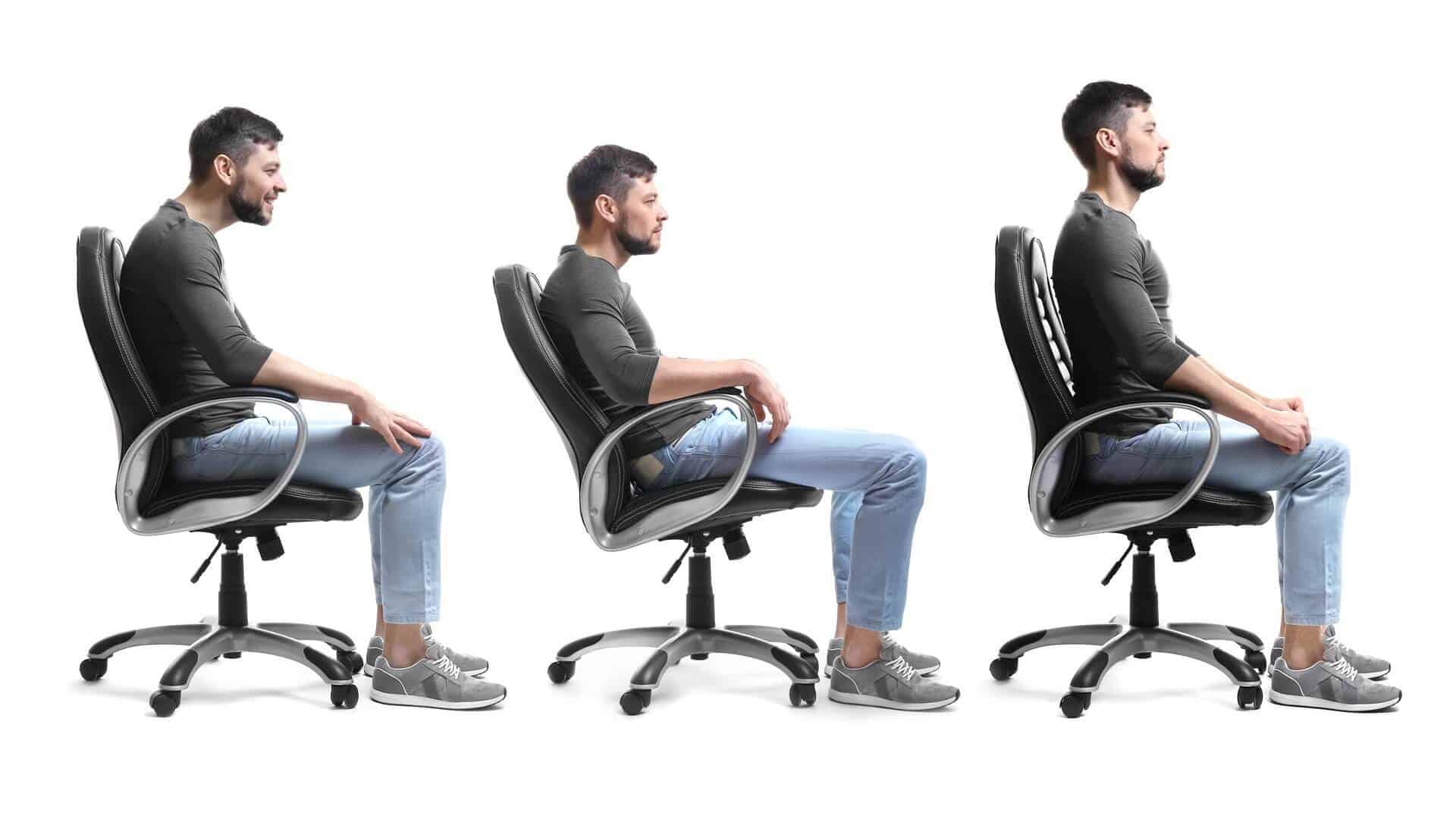

0 thoughts on “How To Remove An Office Chair Base”